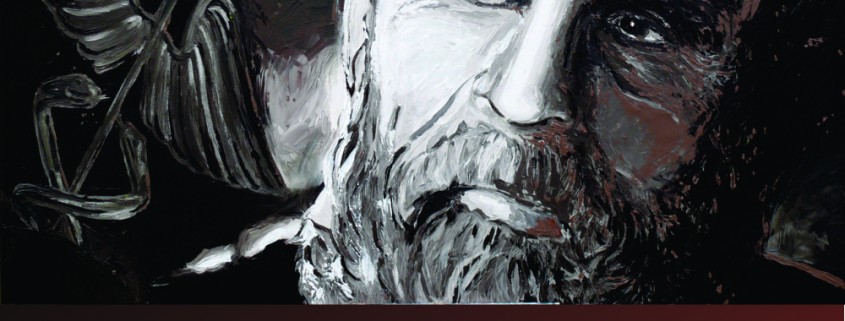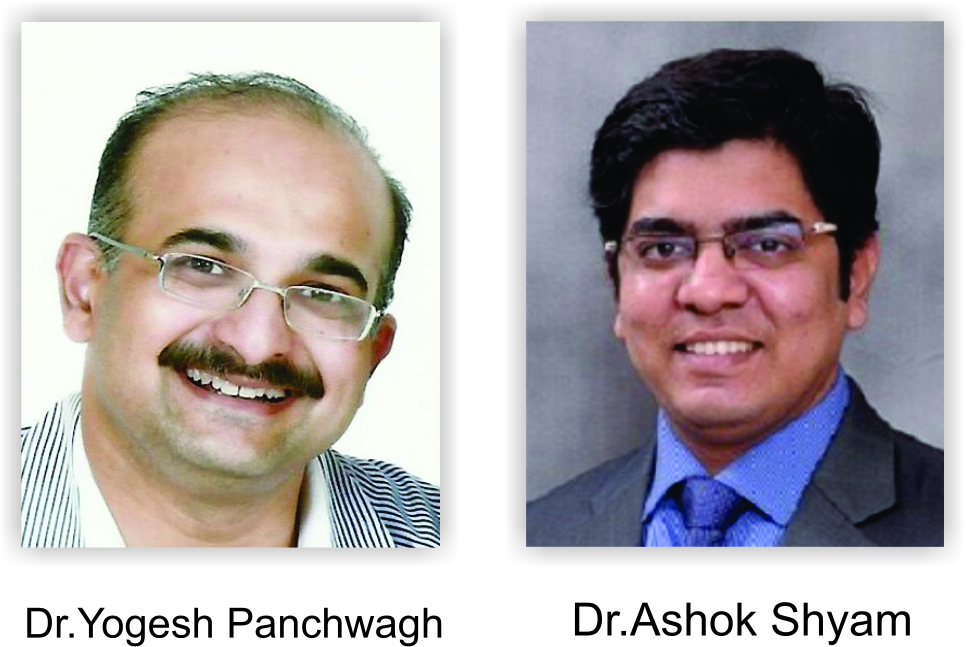An Interesting Reconstruction Option after Resection for a Distal Fibular Osteosarcoma: A Case Report
Case Report | Volume 6 | Issue 1 | JBST Jan-April 2020 | Page 13-16 | DOI: 10.13107/jbst.2020.v06i01.008
Author: Manish Pruthi [1], Jagandeep Singh Virk [2], Lokesh Garg [1], Sumit Goyal [4], Anila Sharma [3]
1. Department of Orthopaedic Oncology, Rajiv Gandhi Cancer Institute and Research Centre, New Delhi,Delhi, India,
2. Department of Orthopaedic Oncology, Paras Hospitals, Panchkula,Haryana, India,
3. Department of Pathology, Rajiv Gandhi Cancer Institute and Research Centre, New Delhi, Delhi, India,
4. Department of Medical Oncology, Rajiv Gandhi Cancer Institute and Research Centre, New Delhi,India
Address of Correspondence
Dr. Jagandeep Singh Virk,
Department of Orthopaedic Oncology, Paras Hospitals, Panchkula,Haryana, India.
E-mail: jaganvirk_09@yahoo.co.in
Abstract
Fibula is an expandable bone in the body, but tumors arising from the distal part which require a wide resection of the distal fibular part require some form of reconstruction for preventing lateral ankle instability. Many methods involving either bony or soft tissue reconstruction techniques have been described in literature, but consensus regarding which one is optimal for a good oncological and functional outcome is lacking. In this case report, we make use of a biological soft tissue technique involving use of peroneus brevis autograft reconstruction for providing lateral ankle support for a patient suffering from distal fibular osteosarcoma who underwent resection of the distal fibula. The patient went on to have an excellent functional outcome. This technique, although reported in literature, is in the form of only a few cases with a limited follow-up with none reported from the Indian subcontinent.
Keywords: Fibula, Sarcomas, Limb salvage, Reconstruction.
References
1. UnniKK. Dahlin’s Bone Tumors: General Aspects and Data on 11087 Case. 5th ed. Philadelphia, PA: Lippincott-Raven; 1996. p. 1-9.
2. PerisanoC, MarzettiE, SpinelliMS, GraciC, FabbricianiC, MaffulliN, et al.Clinical management and surgical treatment of distal fibular tumours: A case series and review of the literature.Int Orthop2012;36:1907-13.
3. SchneiderbauerMM, GullerudR, HarmsenWS, ScullySP. Fibular osteosarcomas: Contaminated margins may not impact survival.Clin OrthopRelat Res2007;456:182-7.
4. LaitinenM, HardesJ, AhrensH, GebertC, LeidingerB, LangerM, et al. Treatment of primary malignant bone tumours of the distal tibia.Int Orthop2005;29:255-9.
5. DieckmannR, AhrensH, StreitbürgerA, BudnyTB, HenrichsMP, ViethV, et al.Reconstruction after wide resection of the entire distal fibula in malignant bone tumours.Int Orthop2011;35:87-92.
6. MonsonDK, VojdaniS, DeanTJ, Louis-UgboJ. Lateral ankle stabilization after distal fibular resection using a novel approach: A surgical technique.Clin OrthopRelat Res2014;472:1262-70.
7. EnnekingWF, DunhamW, GebhardtMC, MalawarM, PritchardDJ. A system for the functional evaluation of reconstructive procedures after surgical treatment of tumors of the musculoskeletal system.Clin OrthopRelat Res1993;286:241-6.
8. MohlerDG, CunninghamDC.Adamantinoma arising in the distal fibula treated with distal fibulectomy: A case report and review of the literature.Foot Ankle Int1997;18:746-51.
9. Norman-TaylorFH, SweetnamDI, FixsenJA. Distalfibulectomy for Ewing’s sarcoma.J Bone Joint Surg Br1994;76:559-62.
10. KanayaK, WadaT, KuraH, YamashitaT, UsuiM, IshiiS.Valgus deformity of the ankle following harvesting of a vascularized fibular graft in children.J ReconstrMicrosurg2002;18:91-6.
11. JonesRB, IshikawaSN, RichardsonEG, MurphyGA. Effect of distal fibular resection on ankle laxity.Foot Ankle Int2001;22:590-3.
12. MannRA, RongstadKM. Arthrodesis of the ankle: A critical analysis.Foot Ankle Int1998;19:3-9.
13. DurakK, BilgenO, KaleliT, AydinliU. Distal fibula resection in osteochondroma.J Int Med Res1996;24:381-6.
14. deGauzy JS, KanyJ, CahuzacJP. Distal fibular reconstruction with pedicled vascularized fibular head graft: A case report.J PediatrOrthop B2002;11:176-80.
15. EgerW, SchörleC, ZeilerG. Giant cell tumor of the distal fibula: Fifteenyear result after en bloc resection and fibula reconstruction.Arch Orthop Trauma Surg2004;124:56-9.
16. PickeringR. Arthrodesis of ankle, knee, and hip. In: PickeringRM, editors. Campbell’s Operative Orthopaedics. 10th ed. St Louis, MO, USA: Mosby; 2003.
17. SaridisAG, MegasPD, GeorgiouCS, DiamantakisGM, TyllianakisME. Dual-fibular reconstruction of a massive tibial defect after Ewing’s sarcoma resection in a pediatric patient with a vascular variation.J PediatrOrthop2011;31:297-302.
18. VaseenonT, SaengsinJ, KamintaA, PattamapaspongN, SettakornJ, PruksakornD.Ankle ligament reconstruction after wide resection of the osteosarcoma of the distal fibula: A case report.BMC Res Notes2017;10:769.
| How to Cite this article: Pruthi M, Virk J D, Garg L, Goyal S, Sharma A | An Interesting Reconstruction Option after Resection for a Distal Fibular Osteosarcoma: A Case Report | Journal of Bone and Soft Tissue Tumors | January-April 2020; 6(1): 13-16. |




